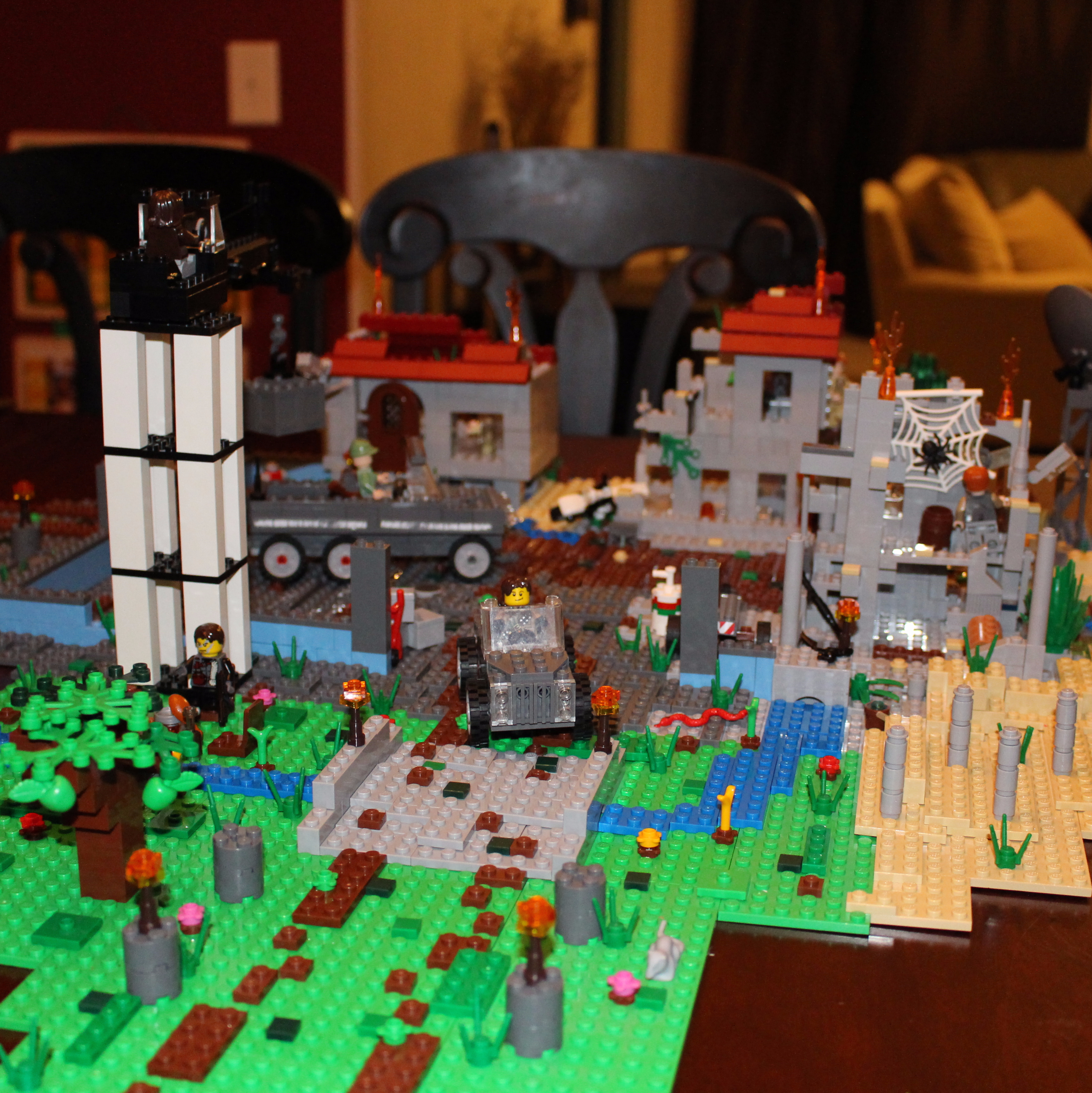Record voices for the characters in your animation
Record character voices for your animation using a phone or microphone, practice lines, try different tones, and edit short clips for better performance.



Step-by-step guide to record character voices for your animation
Voiceover Secrets for Animation Channels - Sound Like a Pro at Home
Step 1
Read the whole script aloud one time to hear who speaks and what each character says.
Step 2
Circle each character's name and write one emotion word above their lines so you know how they should feel.
Step 3
Do two minutes of simple voice warm-ups like humming and sliding your voice up and down to wake up your voice.
Step 4
Pick one character to practice and record first.
Step 5
Read that character's lines three times using a different tone or emotion for each try.
Step 6
Record three short takes of one line for that character using your phone or microphone.
Step 7
Listen to each take and pick the one you like best.
Step 8
Trim the chosen take to remove any long silence at the beginning or end so it starts and stops cleanly.
Step 9
Adjust the clip's volume so the voice sounds clear and is not too loud or too quiet.
Step 10
Repeat Steps 4 through 9 for every other character in your animation.
Step 11
Import or save all the final voice clips and label each file with the character name.
Step 12
Play your animation with the voices and nudge any clip earlier or later until the speech matches the mouth movements.
Step 13
Share your finished voice-acted animation on DIY.org.
Final steps
You're almost there! Complete all the steps, bring your creation to life, post it, and conquer the challenge!


Help!?
If we don't have a phone or microphone, what can we use to record the three short takes?
Use a tablet or laptop built-in mic, a cheap wired headset or a borrowed lavalier, then follow the 'Import or save all the final voice clips' step to save and label files.
My recordings have background noise or the voice is too quiet—how do we fix that?
Record in a quiet room after doing the two minutes of voice warm-ups, keep the phone or microphone close to the speaker, then trim the chosen take and adjust the clip's volume so the voice is clear and not too loud or quiet.
How can we adapt the steps for a 4-year-old, an 8-year-old, or a 12-year-old?
For a 4-year-old use one short line and one warm-up with parental help, for an 8-year-old keep the three short takes and help with trimming, and for a 12-year-old encourage three emotion variations, self-trimming, volume adjustment, and labeling each file with the character name.
What can we do to improve or personalize the finished voice-acted animation before sharing?
Add simple sound effects or background music behind the trimmed voice clips, use different preferred takes for character variety, nudge clips to better match mouth movements, and label each file with the character name before sharing on DIY.org.
Watch videos on how to record character voices for your animation
Create Animations with your Voice EASILY with Adobe Express
Facts about voice acting and audio recording for kids
🎙️ A pop filter or windscreen helps stop hard 'p' and 'b' sounds that make loud pops into microphones.
🎧 Many animated shows record voices before final animation so animators can match characters' mouth movements and timing.
🎭 Mel Blanc was nicknamed "The Man of a Thousand Voices" for voicing dozens of famous cartoon characters.
📱 Modern smartphones can capture surprisingly clear voice tracks — a quiet room and holding the phone steady make a big difference.
🔁 Voice actors often record the same line multiple times with different emotions or tones so editors can choose the best take.
How do you record character voices for an animation?
What materials do I need to record voices for my child’s animation?
What ages is voice recording for animation suitable for?
What safety tips should I follow when recording my child’s voice?


One subscription, many ways to play and learn.
Only $6.99 after trial. No credit card required



